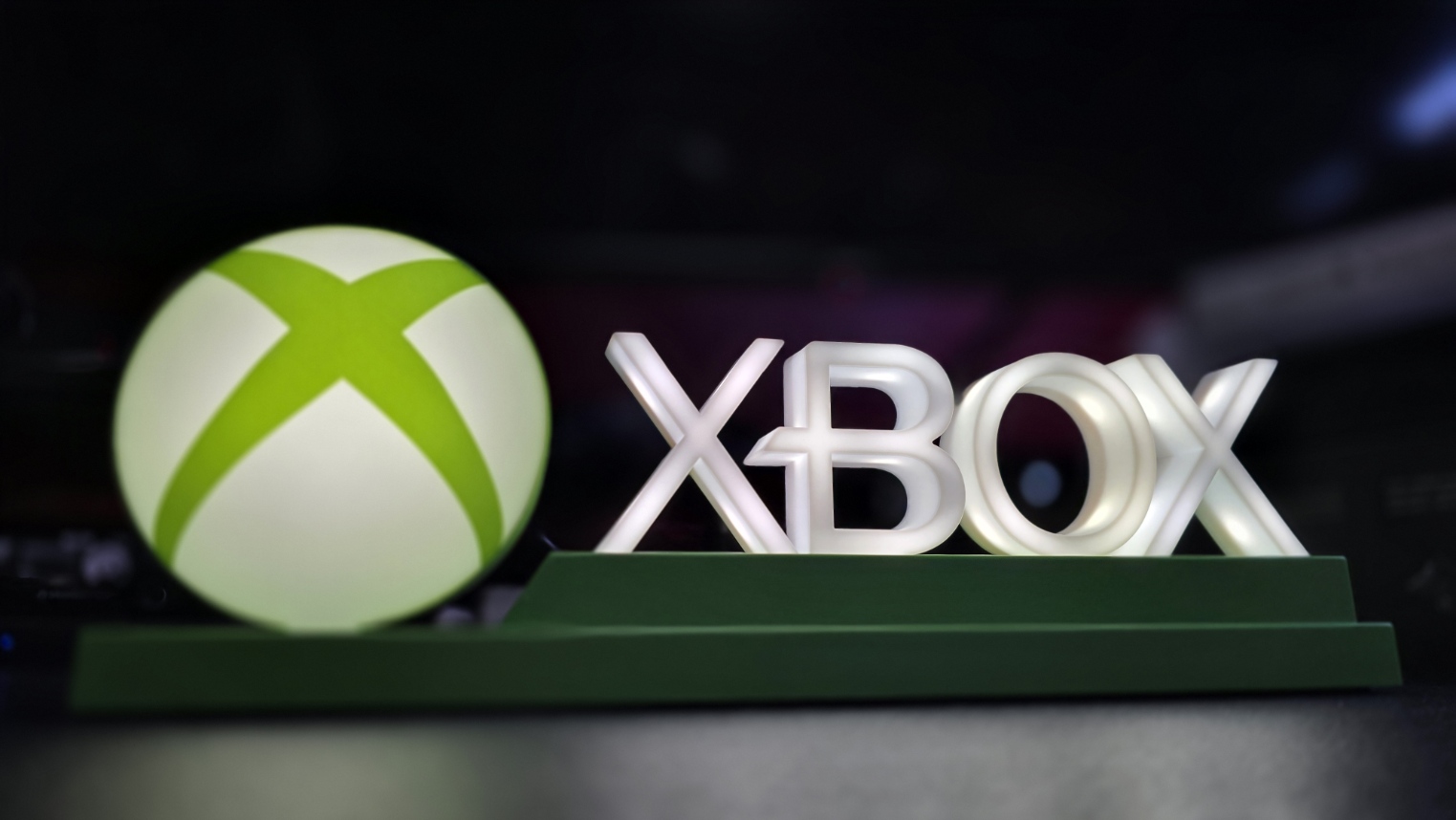What exactly is Microsoft's 'Windows Mixed Reality?'
"Mixed Reality," or MR, is coming soon to a PC near you. How does it differ from Microsoft's HoloLens, and what's so cool about it? We just tried it out for the first time, and we have some answers.
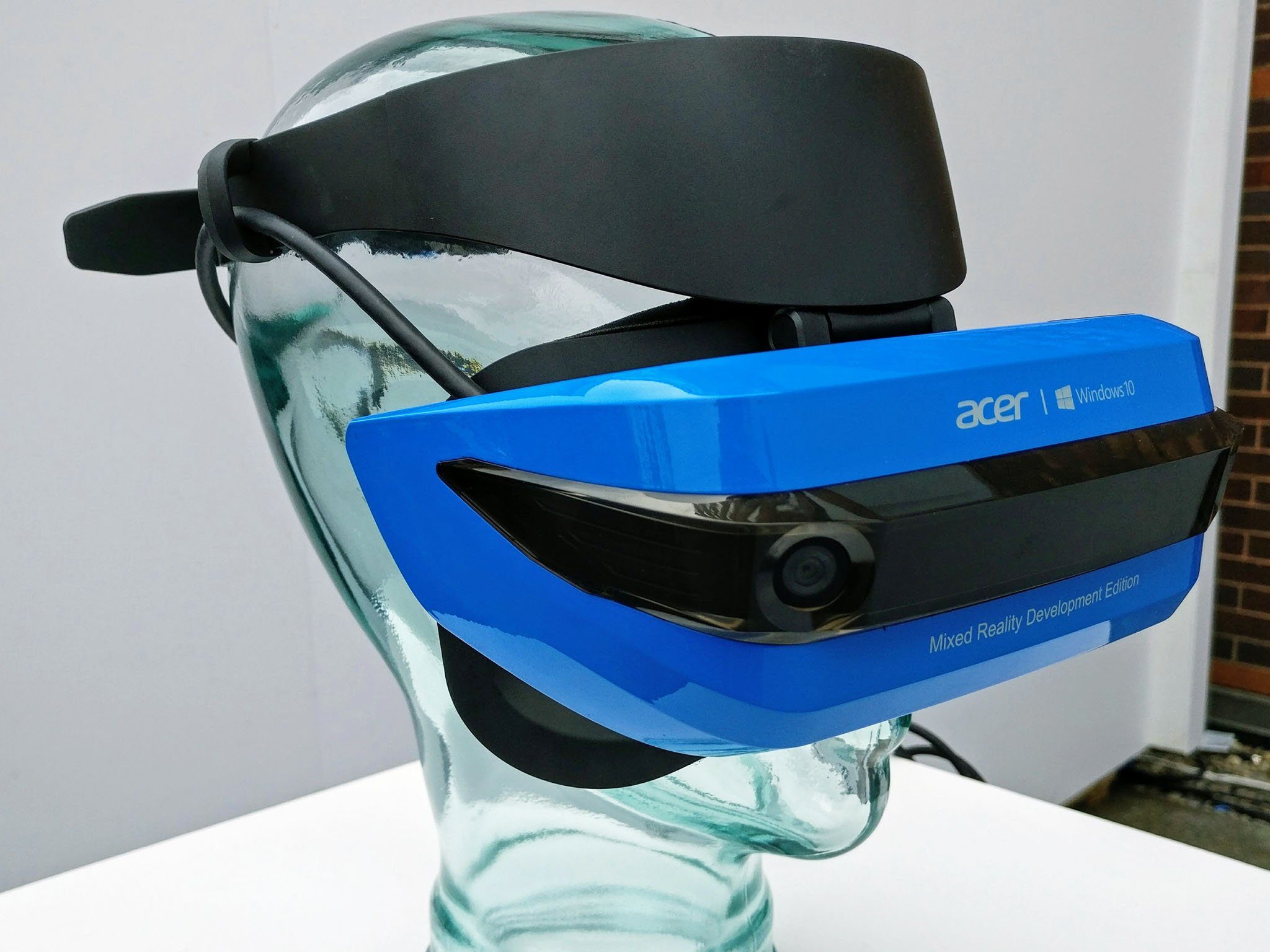
Yesterday, Acer held a large press conference in New York City. The company announced half a dozen new and exciting Windows 10 PCs. But I was there for another reason: Windows Mixed Reality.
Acer had its Mixed Reality headset available for the media to try (and not just look at). Honestly, I did not know exactly what Mixed Reality was in relation to Windows 10 on your PC, especially because most PCs now support it after the Creators Update.
Here is what I learned about Windows 10 Mixed Reality, how it differs from HoloLens, when you can get it, and what it'll cost.
What is Mixed Reality?
There are many related terms these days, including Virtual Reality (VR), Holographic, Augmented Reality (AR), and now Mixed Reality. Microsoft used to refer to the whole venture as Windows Holographic VR, but evidently it now calls it Windows Mixed Reality.
Microsoft calls this Mixed Reality because it uses components from all of these terms, depending on the hardware and application in use.
Some apps you may run could be truly immersive, like any standard VR game on Oculus Rift or the HTC Vive. Other apps may make use of your real-world surroundings, which get mapped into the system.
In other words, Mixed Reality is a spectrum of experiences that includes holographic (HoloLens) all the way to an Acer MR headset. It's all powered by Windows 10 and the Universal Windows Platform (UWP). It's a very flexible system that can scale to all types of hardware.
All the latest news, reviews, and guides for Windows and Xbox diehards.
This is akin to answering the question, "What is a PC?" Do you mean a compute stick, a 17-inch gaming laptop, or a full desktop PC with multiple monitors? They all are PCs.
The Windows Mixed Reality platform was announced in June 2016 at Computex. The hardware is just now coming online, but there is still some time before they'll reach consumers' hands.
Mixed Reality is NOT HoloLens ... but still kind of is
Microsoft HoloLens is a self-contained Windows 10 PC that you wear on your head. Powered by an Intel Atom processor, it can run the Windows 10 Holographic platform on its own, untethered for a few hours at a time. Just as importantly, you always see the real-world environment around you.
HoloLens also costs $3,000, a price that "regular people" will never pay.
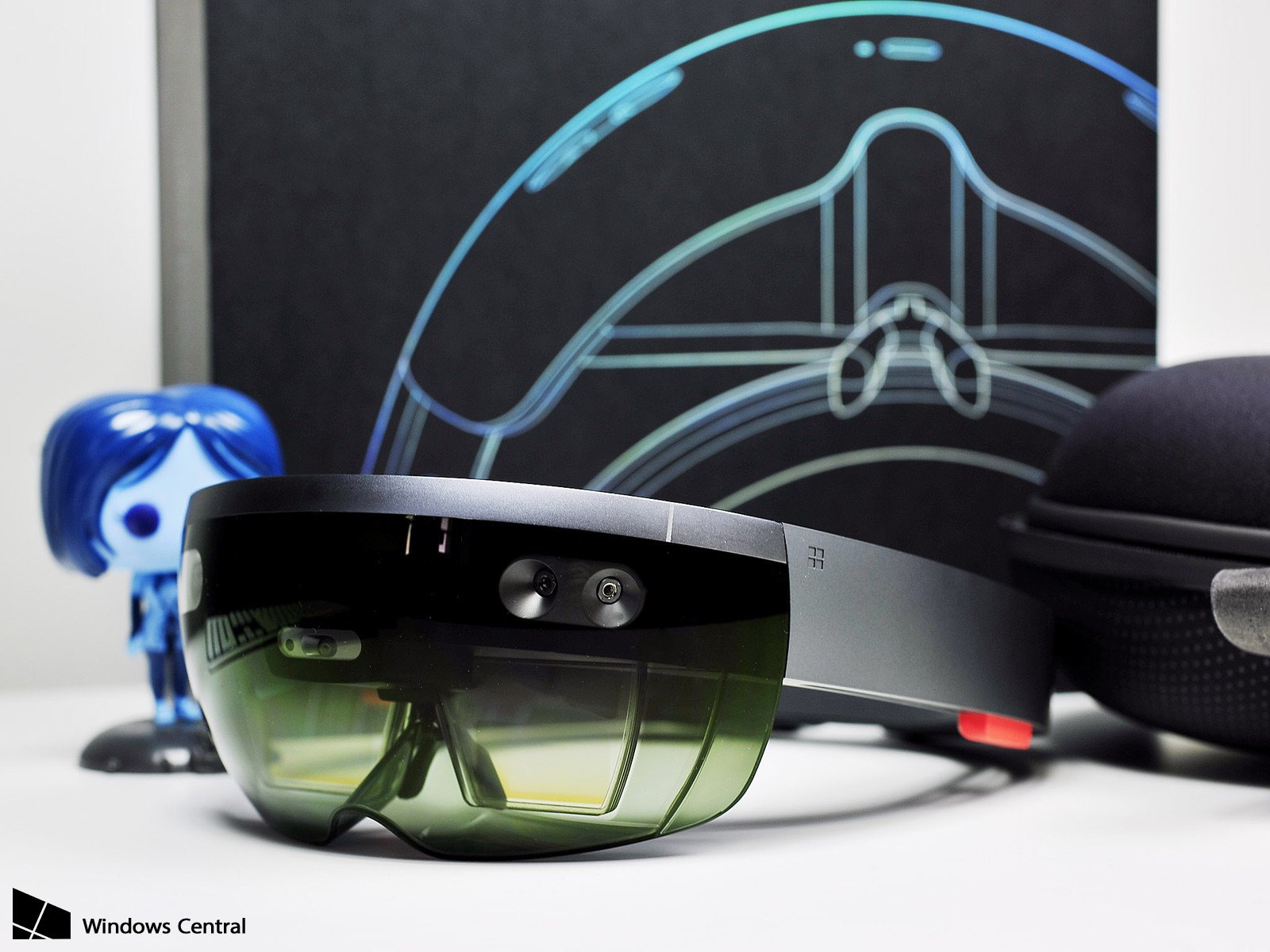
Mixed Reality headsets, at least some that are initially coming to consumers, differ in substantive ways from HoloLens. Here are a few examples:
- Pricing starts at $349.
- You are tethered via a single cable to your Windows 10 PC.
- Your view is occluded like a traditional VR headset.
- Your PC powers the headset, meaning instead of an Intel Atom processor you could be using a brand-new quad-core Core i7 with a NVIDIA GTX 1080ti.
- Microsoft plans to knock down the specification requirements this year so that even integrated Intel HD graphics will be enough to power it.
Acer Mixed Reality Head-Mounted Display: features and specifications
Here is exactly what the Acer headset features:
| Category | Acer Mixed Reality HMD |
|---|---|
| Operating System | Windows 10 Creators Update |
| Display | Liquid crystal display |
| Resolution | 2880 x 1440 (1440 x 1440 per eye) |
| Refresh rate | Up to 90 Hz |
| Audio | Audio out and microphone support through 3.5mm jack |
| Tracking system | Inside-out tracking |
| Dimensions | 94.8 (W) x 195.8 (D) x 106.59 (H) mm |
| Weight | 350 g (cable not included) |
| Color options | Clear Blue |
| Connection | HDMI 2.0 and USB 3.0 in one 4m cable |
| Sensors | Accelerometer, Gyroscope, Magnetometer, Proximity Sensor |
It's like Samsung's Gear VR with Windows 10
Windows 10 Mixed Reality is like Samsung Gear VR but with higher quality graphics. While wearing the headset you have full access to the power of your Windows 10 PC, including all its UWP apps even if they are only 2D.
You could launch Microsoft Edge with a dozen tabs, watch a flick on Movies & TV, play Minecraft, or launch the Xbox app to stream a game from your Xbox One.
What do you actually see?
What is like when you wear a Mixed Reality headset?
Microsoft created a virtual world that's like a modern and expensive home. You have an office, living room space, very open windows with light coming in, and you move around with the virtual cursor.
It's called "Cliff's house." Microsoft will likely have more environments once it all launches. But yesterday, we all hung out at Cliff's house.
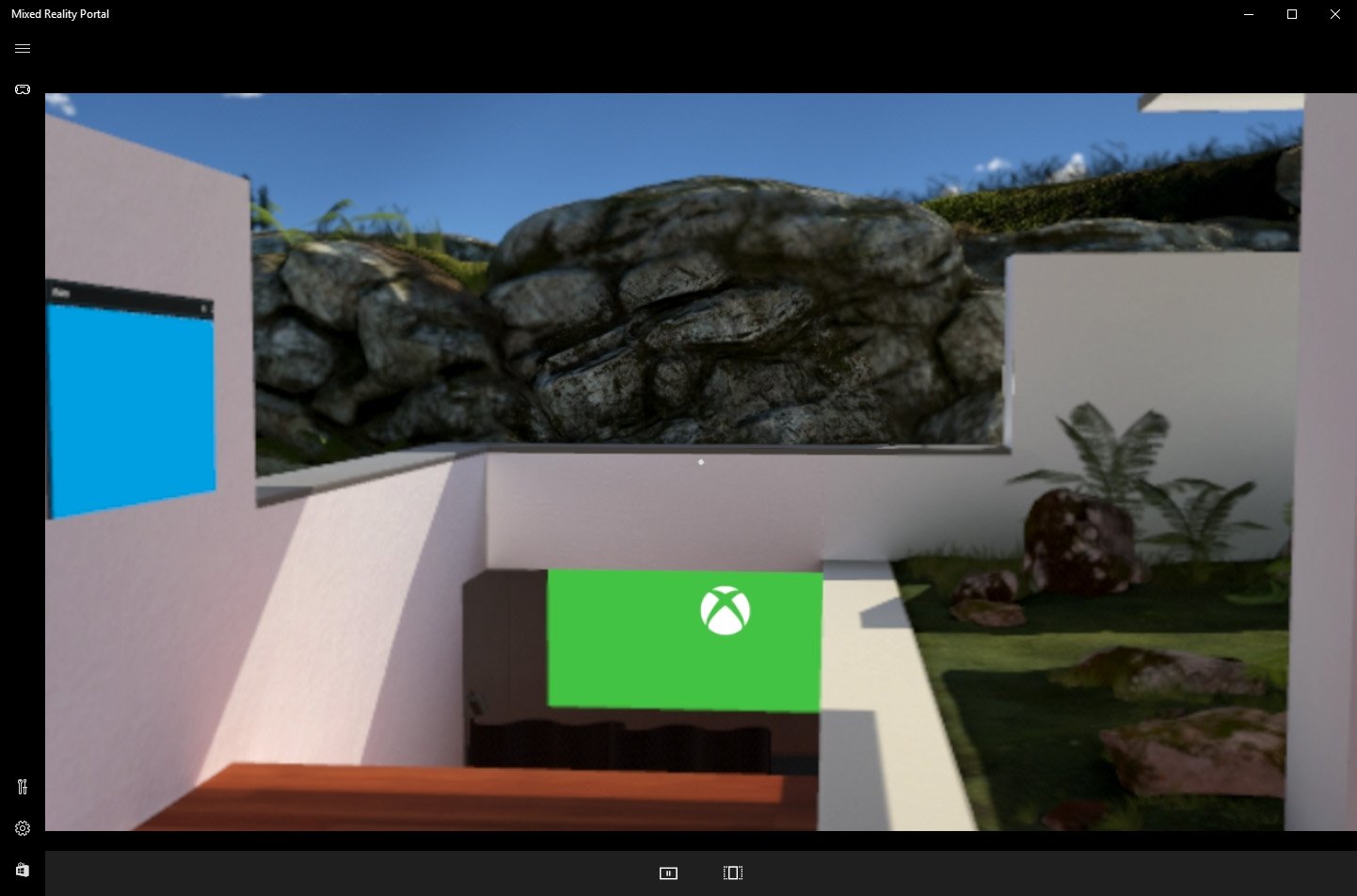
Like HoloLens, you can pin UWP apps in your world around you and access them with a glance and a controller.
How do you control things?
You use an Xbox One controller. The Xbox button acts as a Start key for the menu, and the A button is the Enter key. The Windows 10 UI and shell are very much like HoloLens but a little more polished.
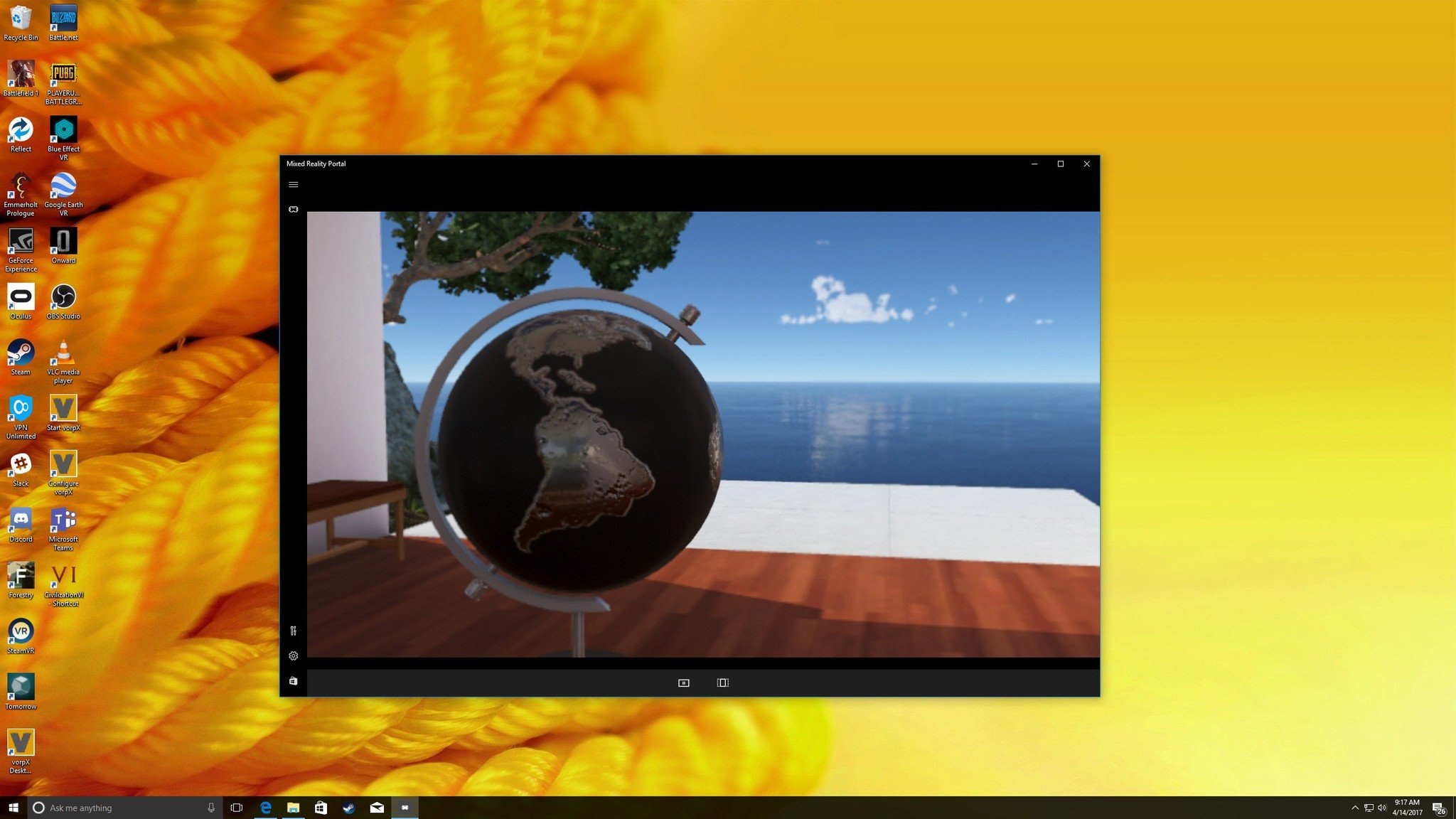
Using your gaze, you have a focal point to know where you are looking. Point it at an area across the virtual room and hit the Y button, and you "teleport" there.
It's smart, intuitive and easy to use.
Using an Xbox controller is logical, too, because Microsoft announced plans to bring the Mixed Reality experience to the Xbox One family of devices, including the new "Project Scorpio:" Xbox in 2018.
Does it run HoloLens apps?
Yes and no.
Like all things UWP, there are usage restrictions on some apps. For instance, HoloLens is geared towards professionals, like on an assembly line where they need to overlay a virtual turbine onto the real one for a quick check, for example. Something like that, where things interact with the real world, may not be in Windows 10 Mixed Reality, because it doesn't make sense.
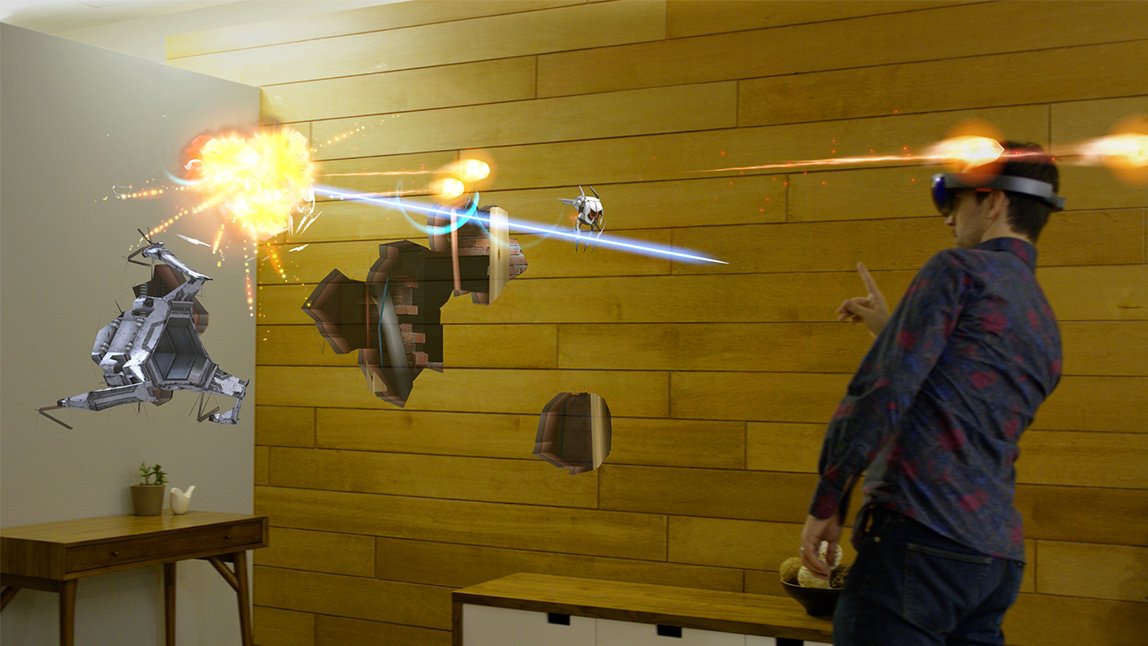
That does not mean games like RoboRaid, where alien baddies pop out of your wall, cannot work. On the contrary, the Mixed Reality headset can map your room and still have things come out of your virtual walls like standard VR.
So, games that use your environment can work here too. That's up to the developer.
Is it comfortable to wear? And can you wear glasses?
Yes to both. The Acer headset weighs only 350g, which is just over a half a pound. In a real-world sense, it felt like putting on a Scuba mask.
There is also space to wear corrective lenses, so no worries if you need to wear them during your time in MR.
Is it a good experience?
Yes! As someone who uses a HoloLens, the first thing I noticed was the improved app performance.
The difference between running UWP apps on an Intel Atom processor versus an Intel Core i7 for PC is the same experience in MR. Apps opened instantly, were very smooth, and it all felt natural.
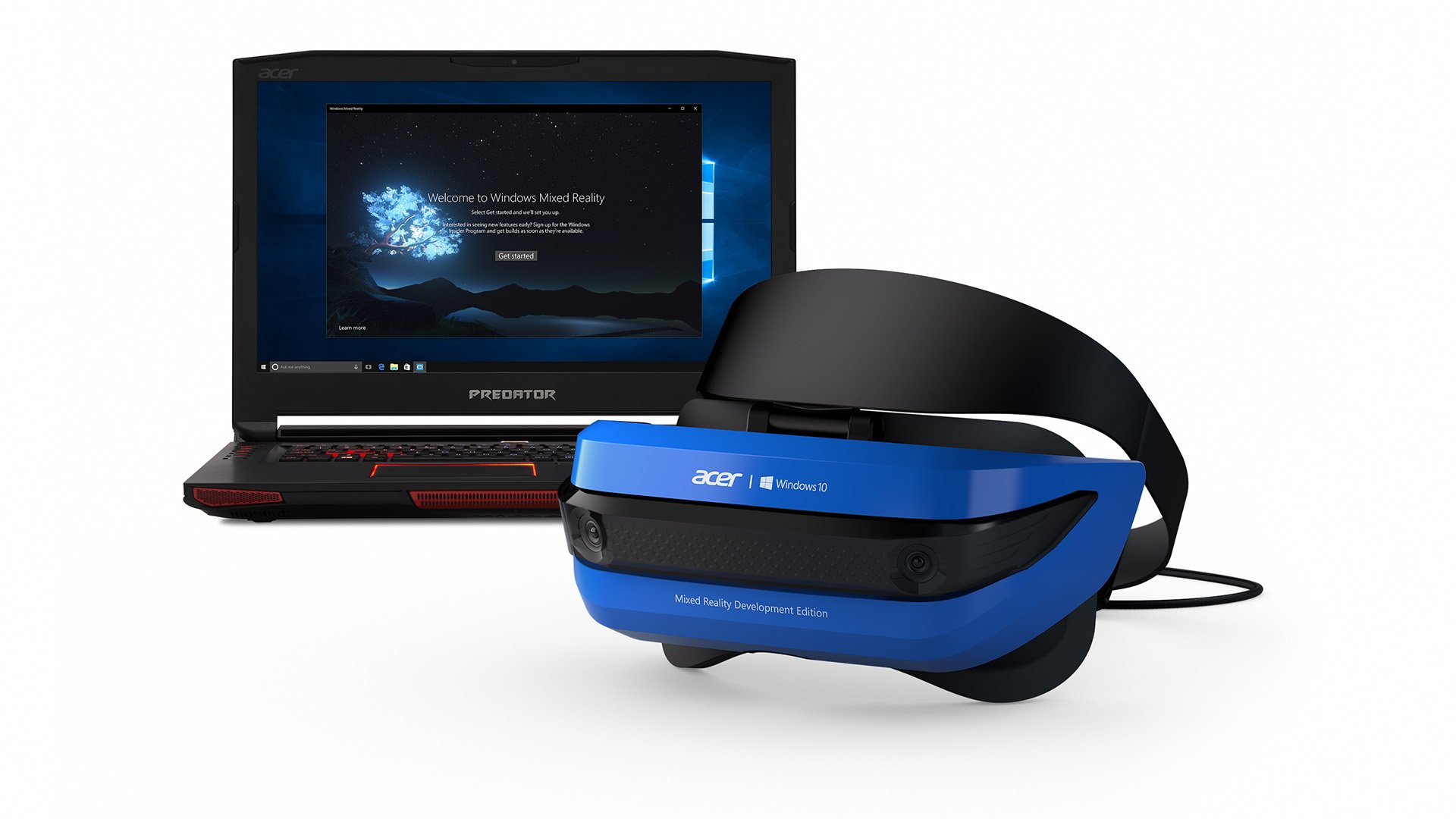
My hunch is that manufacturers will create various tiers of MR headsets some with basic resolution and others adding more for resolution, and features. Just like buying a new PC display.
But what do you do with it?
The usage scenarios for Windows 10 Mixed Reality can range from gaming to watching movies, TV (Sling), browsing the web, or whatever you want, really.
The key takeaway is that Windows 10 Mixed Reality is just another screen. It takes your Windows 10 laptop with its 2D display and makes a 360-degree immersive environment, and you get to run all your Windows 10 UWP apps.
It's another form of Continuum. You're taking one experience and powering a different one.
If you like having multiple desktop views on your PC, think of having a whole Mixed Reality world where you can put all your work around you. Go ahead and pin a browser to your right, your Word document in front of you, and have a video playing to the right.
It's all very "Minority Report," just without the holograms projected into your real world.
When can you get it?
The bad news is that these headsets are not expected to ship until later this year, specifically during the 2017 holiday season.
While Windows 10 is now ready for Mixed Reality with the Creators Update, there is still work to do, including getting the devices into the hands of developers.
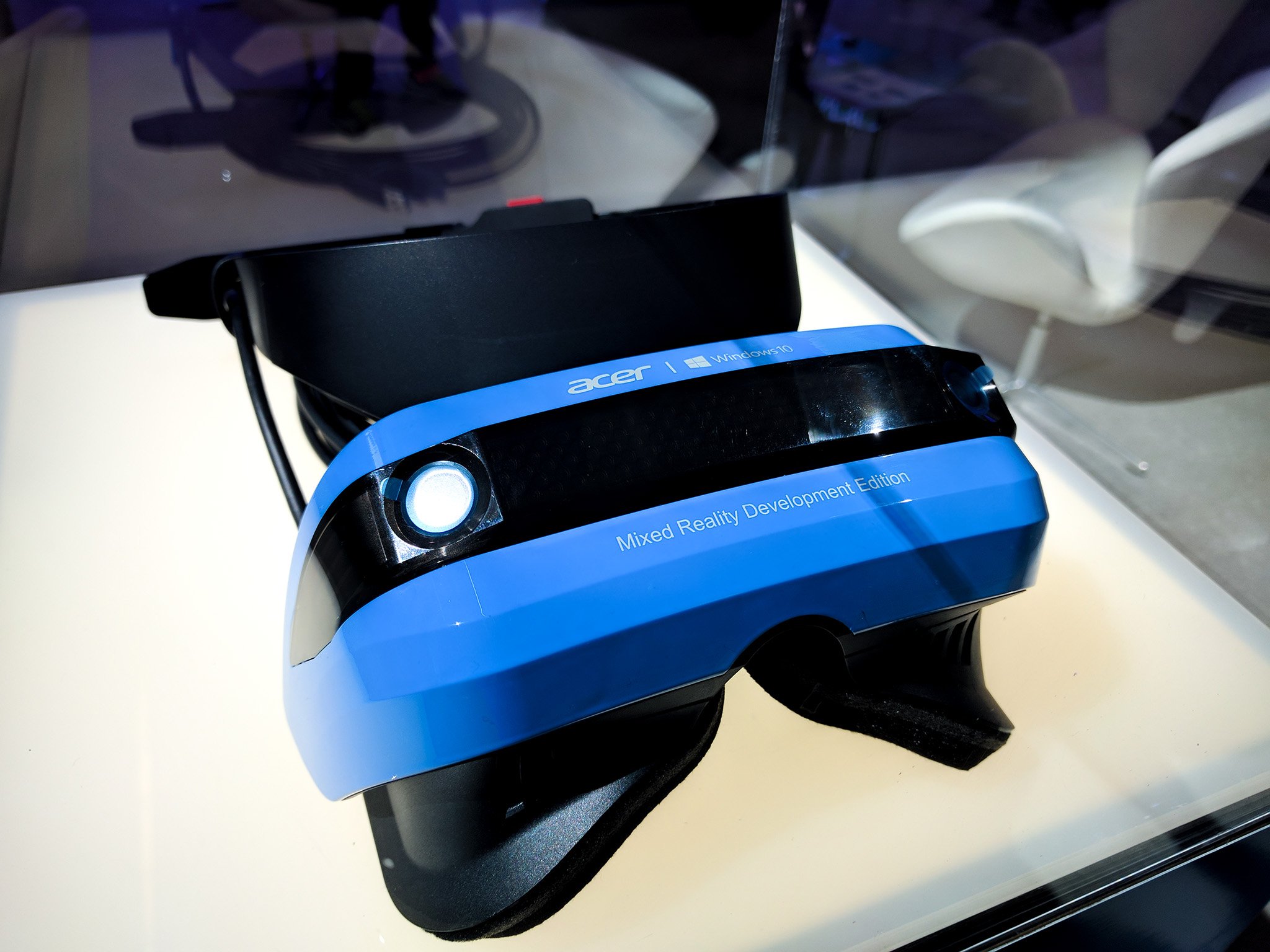
Microsoft wants a long ramp-up time so that when you pick one up, you will have a catalog of experiences, games, and apps readily available to make it more than just a gimmick.
How to use the Windows Mixed Reality simulator in Windows 10 Creators Update
I think this is the right approach even if it's frustrating. Mixed Reality is going to take a few years to become mainstream, and this is the beginning.
For $349, I think this add-on device is going to be a ton of fun for people. There's no hardware to set up, the investment is minimal, and a whole generation of users will be able to jump into the experience.
It's also evident that Microsoft is planning for a future without physical displays. While it's hard to envision computing being holographic, or even using Mixed Reality daily, Microsoft is now steadfastly headed in that direction. And I'm excited about the journey.

Daniel Rubino is the Editor-in-chief of Windows Central. He is also the head reviewer, podcast co-host, and analyst. He has been covering Microsoft since 2007 when this site was called WMExperts (and later Windows Phone Central). His interests include Windows, laptops, next-gen computing, and wearable tech. He has reviewed laptops for over 10 years and is particularly fond of 2-in-1 convertibles, Arm64 processors, new form factors, and thin-and-light PCs. Before all this tech stuff, he worked on a Ph.D. in linguistics, performed polysomnographs in NYC, and was a motion-picture operator for 17 years.

